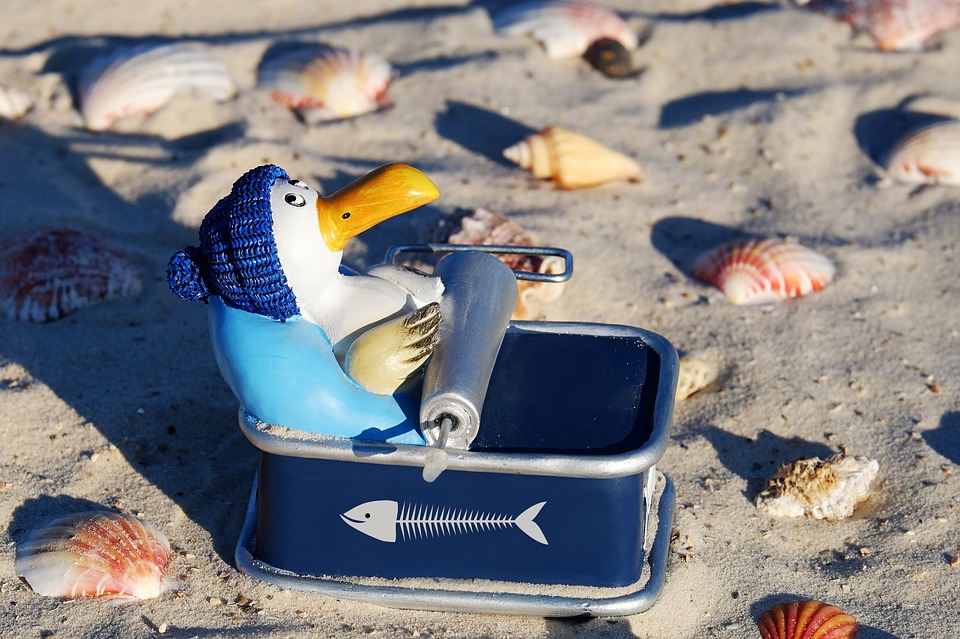Fish behavior is an intriguing and essential aspect of their well-being and feeding habits. By observing and understanding how fish behave in their tank environment, we can gain valuable insights into their feeding response. This article explores the factors that influence fish behavior, with a specific focus on tank feeding interactions and their impact on feeding patterns.
Environmental conditions play a significant role in fish behavior. Water quality, temperature, and lighting can all affect their feeding response. Maintaining optimal water conditions and providing appropriate temperature and lighting levels can ensure that fish are comfortable and responsive during feeding.
The size and layout of the tank also influence fish behavior. A larger tank with ample swimming space allows for natural movement and reduces stress. Providing hiding spots and appropriate tank decorations can create a more natural and stimulating environment for fish, enhancing their feeding response.
Social interactions among fish in the tank can have a significant impact on their feeding behavior. Dominance hierarchies develop within fish communities, with dominant individuals having priority access to food. Schooling behavior, where fish swim together in groups, can also influence feeding patterns. Aggression and territoriality can arise when fish compete for food, affecting their feeding response.
Feeding habits, including natural feeding strategies, predatory instincts, and dietary preferences, also play a role in fish behavior. Some fish species have specific feeding behaviors, such as surface feeding, mid-water feeding, or bottom feeding. Understanding their natural feeding habits and replicating them in the tank can promote a more natural and satisfying feeding response.
Tank feeding interactions encompass various aspects, including feeding time, feeding techniques, and feeder type and placement. Establishing a consistent feeding routine and utilizing feeding cues, such as a specific time or a distinct sound, can condition fish to expect and respond to feeding. Avoiding overfeeding is crucial to prevent health issues and maintain water quality.
Different feeding techniques, such as surface feeding, mid-water feeding, or bottom feeding, cater to the specific needs of different fish species. Choosing the appropriate feeding technique based on the natural feeding behavior of the fish ensures their well-being and stimulates their natural instincts.
The type and placement of feeders also affect fish behavior. Automatic feeders provide convenience and consistency, while hand feeding allows for interactive experiences between the fish and the caregiver. Food distribution methods, such as scattering food or using feeding puzzles, can encourage natural foraging behaviors and reduce food aggression.
Tank feeding interactions have a significant influence on the feeding response of fish. Competition for food can arise between dominant and subordinate fish, leading to variations in feeding patterns. Species-specific feeding behaviors and food aggression due to territoriality can also affect the feeding response.
Stress and anxiety can negatively impact fish behavior and feeding response. Overcrowding and competition for resources, inadequate hiding spots, and sudden changes in the tank environment can cause stress in fish. Addressing these factors and providing enrichment and stimulation, such as feeding puzzles and mimicking natural foraging behaviors, can promote a more positive feeding response.
In conclusion, understanding fish behavior, particularly their responses to tank feeding interactions, is crucial for creating a healthy and balanced environment for our aquatic companions. By considering factors such as environmental conditions, social interactions, and feeding habits, we can optimize their feeding response and promote their overall well-being. Observing, adapting, and providing enriching experiences for fish will ensure a thriving and contented aquatic community.









